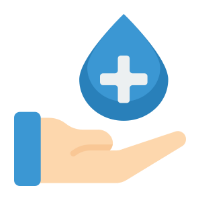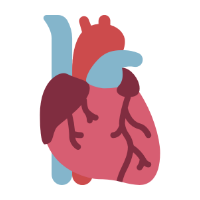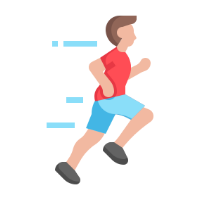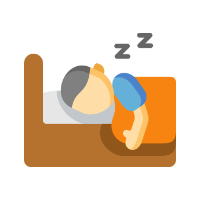
Expert Doctors
Apollo has an expert Cardiology team with advanced training in the treatment of cardiac rhythm
disorders with very high precision, which also includes high-end pacing techniques like
conduction system pacing

Advanced Techniques
and Infrastructure
We are equipped with state-of-the-art EP Labs, including 3D mapping technology, to provide
high-resolution diagnostics.
We also offer a complete range of modern pacemaker devices, are pioneers at advanced pacing
techniques such as conduction system pacing, bi-ventricular pacing and leadless pacemakers

Proven Success
Apollo is the first and only hospitalto
offer a personalised Homecare Recovery program after CABG,
ensuring optimal outcomes with top cardiac surgeons and an internationally
recognised fast-track recovery program.
_19.png)












